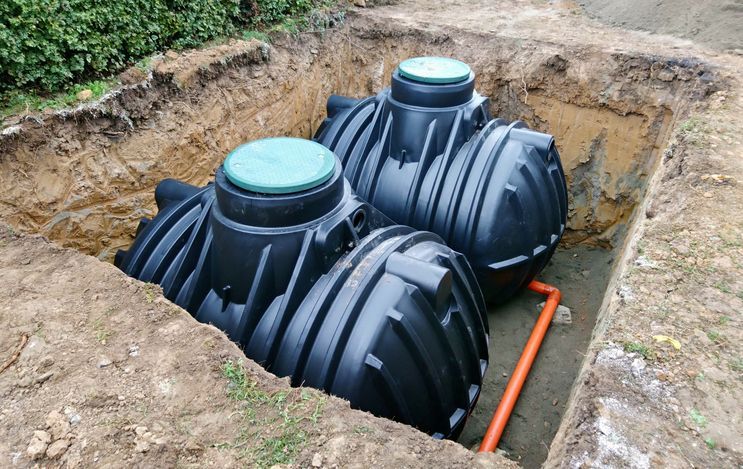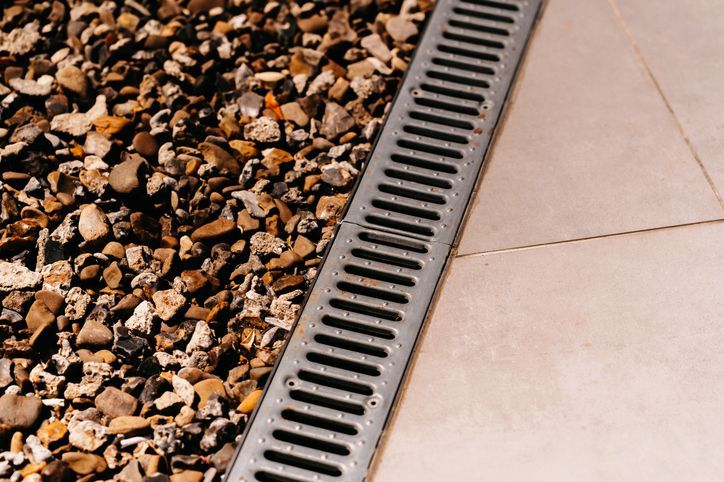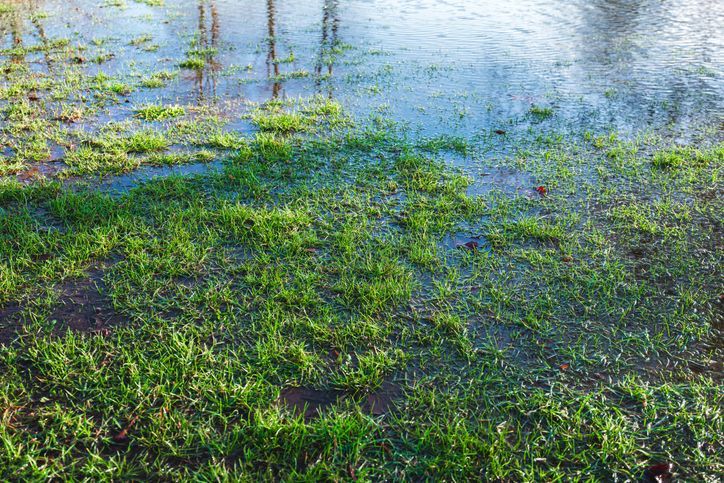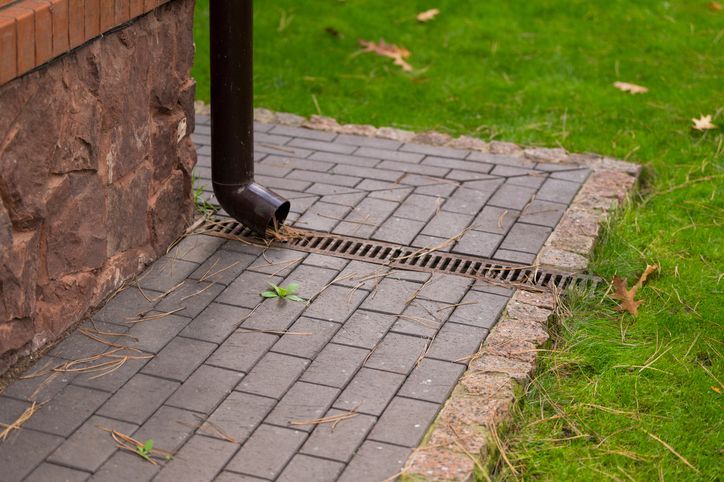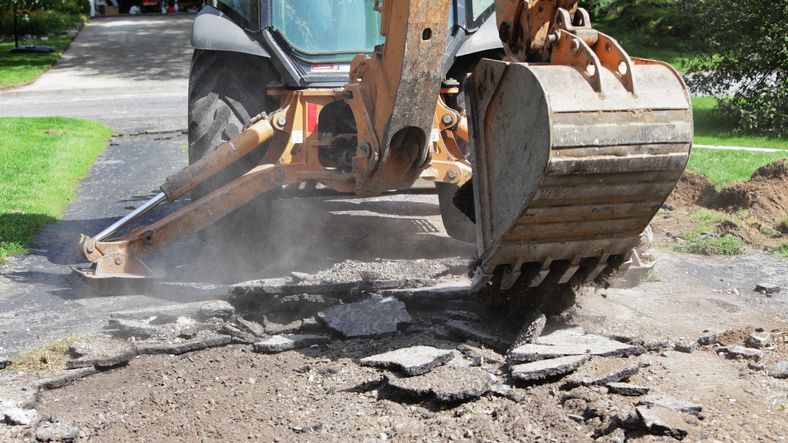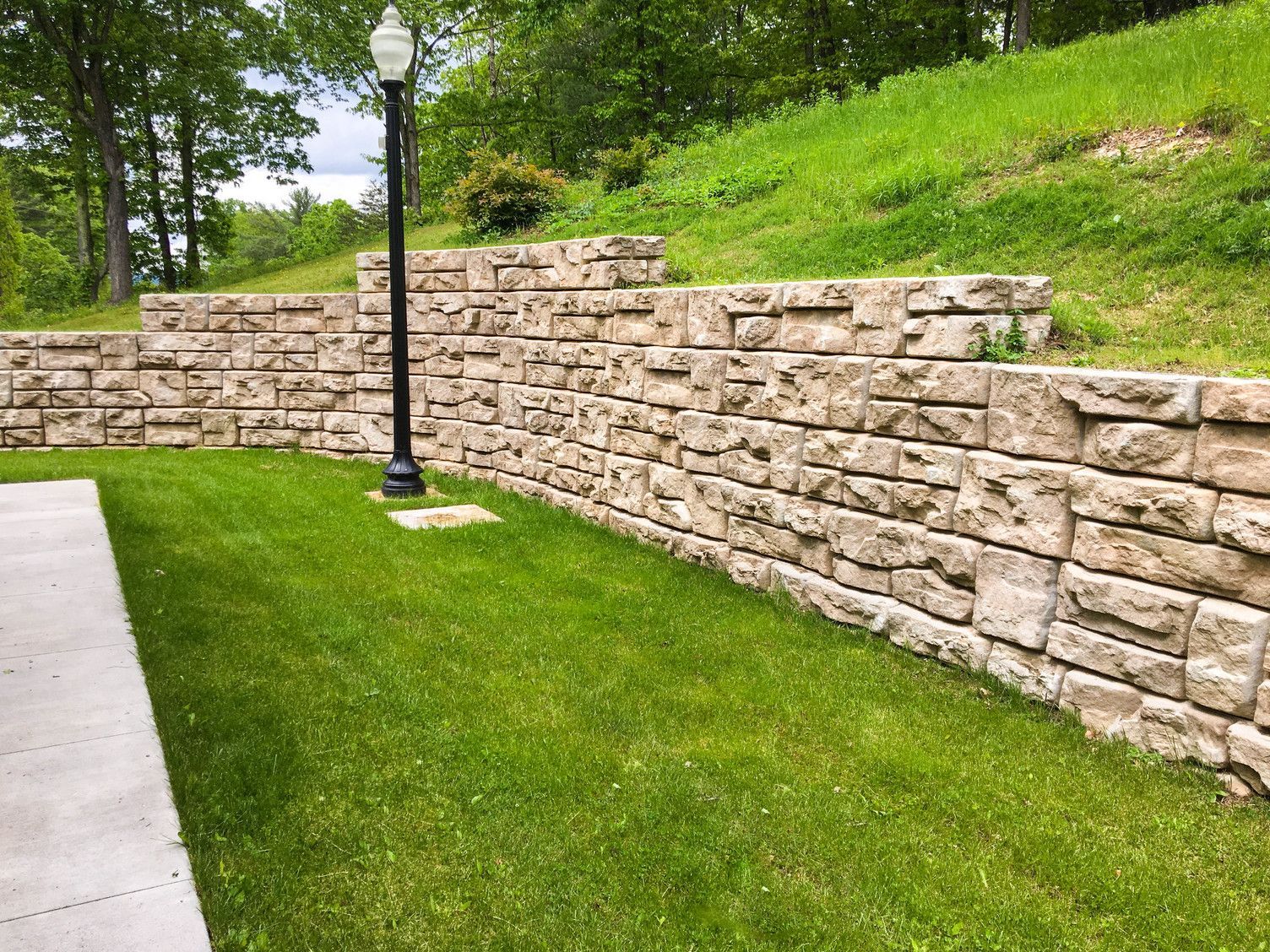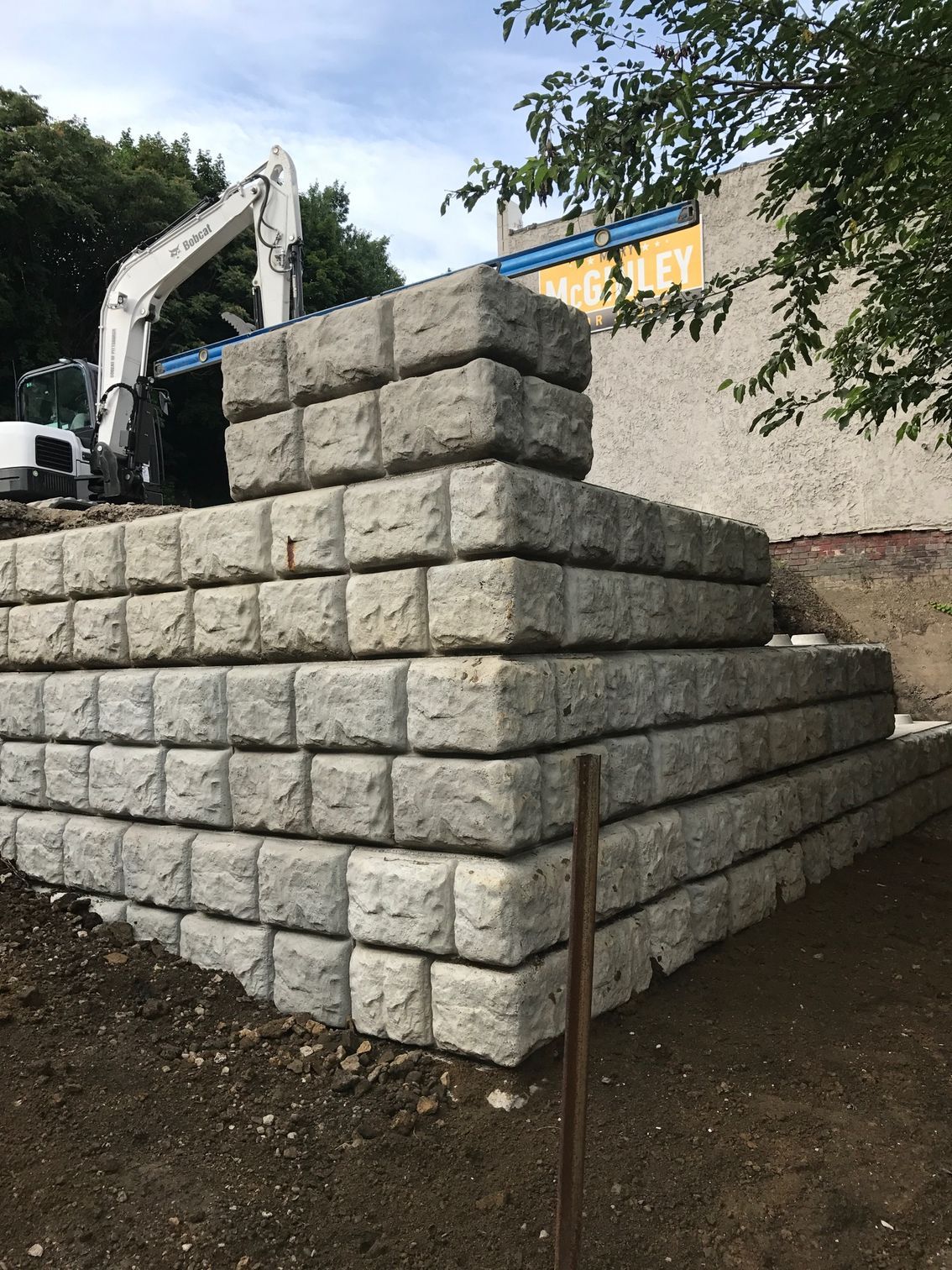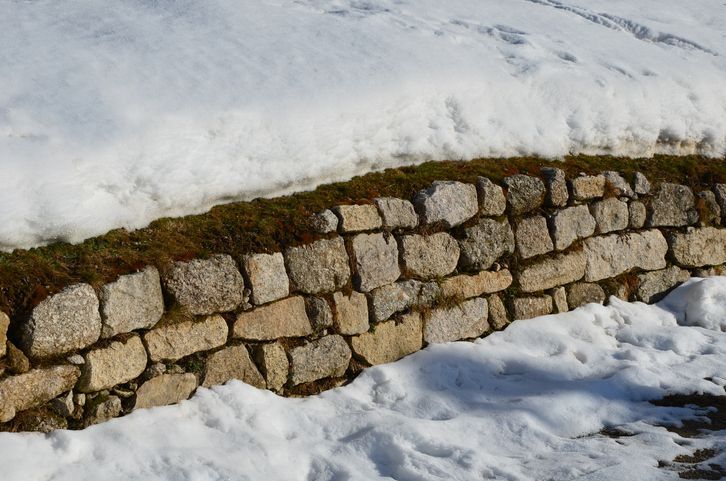Why Is Mud Leaking Through My Retaining Wall?
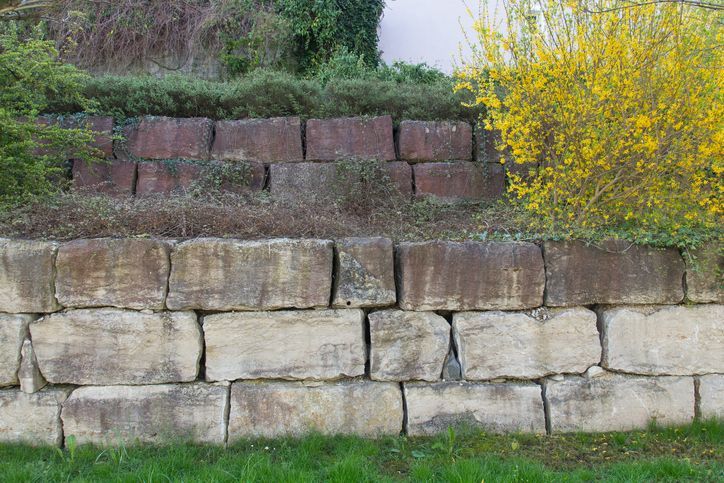
Retaining walls are a crucial yet often overlooked feature in many homes, designed to hold back soil and maintain the shape of your landscape. But what happens when these stalwart structures show signs of failure and mud ooze through their cracks?
Homeowners, especially in regions like Pittsburgh, should understand the potential causes and consequences of mud leakage through their retaining walls to safeguard their property's integrity and their family's safety.
This blog post is a comprehensive guide to understanding why mud might be seeping through your retaining wall, what it can lead to, and when it's time to bring in the professionals.
Understanding Retaining Walls
A retaining wall serves to restrain the lateral pressure of soil; they are often used to bind earth between two different elevations, such as those between the soil in a garden and the ground near the house's foundation. Retaining walls can be constructed from various materials, each with its own set of pros and cons. Common materials include:
Concrete
Concrete offers exceptional strength and durability, making it a popular choice for retaining walls, especially when a high wall is needed to hold back heavy loads.
Timber
Timber walls are a more economical and environmentally friendly option. However, they may have a shorter lifespan and are unsuitable for walls that must be very high.
Natural Stone
This material creates a beautiful, rustic look and is often used for decorative and functional walls. They can be labor-intensive to install but are exceptionally durable.
Reasons Behind Mud Leakage Through Retaining Walls
Several factors can contribute to mud seepage through retaining walls. Understanding these can help homeowners identify and address the issues before they escalate.
Lack of Proper Drainage
Water is the most common culprit for causing soil erosion, which can lead to mud leakage. If your retaining wall does not have a proper drainage system, water can build up behind the wall, increasing hydrostatic pressure that eventually pushes mud through any available opening.
Poorly Compacted Backfill Soil
The soil behind the retaining wall, known as backfill, must be carefully prepared and compacted to provide adequate support. If the backfill is not compacted sufficiently, it can settle over time, leading to voids and instability that allow mud to work through the wall.
Damage or Cracks in the Wall
Natural wear and tear and extreme weather conditions over time can cause damage or cracks in the wall. Even a minor breach can provide the space for mud to leak out.
Insufficient Wall Height or Thickness
If the retaining wall is designed to hold the amount of soil it supports, this can prevent the wall from failing. An undersized wall can warp and bend under the soil pressure, leading to mud seepage.
Consequences of Mud Leakage
Mud leakage through a retaining wall is more than just an aesthetic problem; it can seriously affect your property and safety.
Structural Instability
The seeping mud can erode the ground beneath the retaining wall, causing it to lose support and potentially collapse. This structural instability poses a significant risk to anything within the wall's falling path.
Damage to Landscape and Property
Mud that leaks through a wall can create a mess by smothering and destroying plants and other features in its path. It can also cause damage to patios, decks, and other structures near the wall.
Safety Risks
An unstable retaining wall is a safety hazard, not just for those on your property but potentially for surrounding properties and passersby. Prompt action is essential to avoid these risks.
When to Call in the Experts
Assessing the severity of your retaining wall's leaks is crucial in deciding whether it's a DIY fix or if professional intervention is necessary.
Identifying Serious Damage
Look for signs like large cracks, significant bulging, or any retaining wall movement. These are clear indicators that immediate professional attention is required.
The Importance of Expert Intervention
In complex cases, such as identifying the appropriate drainage solutions or repairing a severely damaged retaining wall, specialists can provide guidance, ensuring the work meets safety standards and regulations.
How J Bird's Landscaping Can Help!
Mud leakage through your retaining wall is more than just a mere nuisance; it's a warning sign to be heeded without delay. By understanding the potential causes and consequences outlined in this guide, homeowners can proactively address the issue and protect their homes and landscapes.
Early intervention can prevent a slight seepage from becoming a significant structural problem. For the peace of mind, safety, and longevity of your property, do not ignore the signs of a leaking retaining wall. Instead, use the information provided here as a toolkit to ensure your home's structural integrity remains intact, even when the earth seems to be slipping away.
A retaining wall on your South Hills property can be one of the best supports for your peace of mind. At J Bird's Landscaping, we understand the importance of a sturdy and functional retaining wall. We offer top-quality installation, repair, and maintenance services to ensure your property remains safe and secure. Our experienced professionals will work with you to design and construct a custom retaining wall that meets your needs and complements your landscape's aesthetic.
When it comes to potential causes for retaining wall failures, there are several factors to consider. Poor construction practices, improper drainage, excessive water pressure due to heavy rainfall or improper grading, and inadequate foundation support can all contribute to structural issues in retaining walls.
Contact us today to learn how we can install retaining walls to benefit your property.
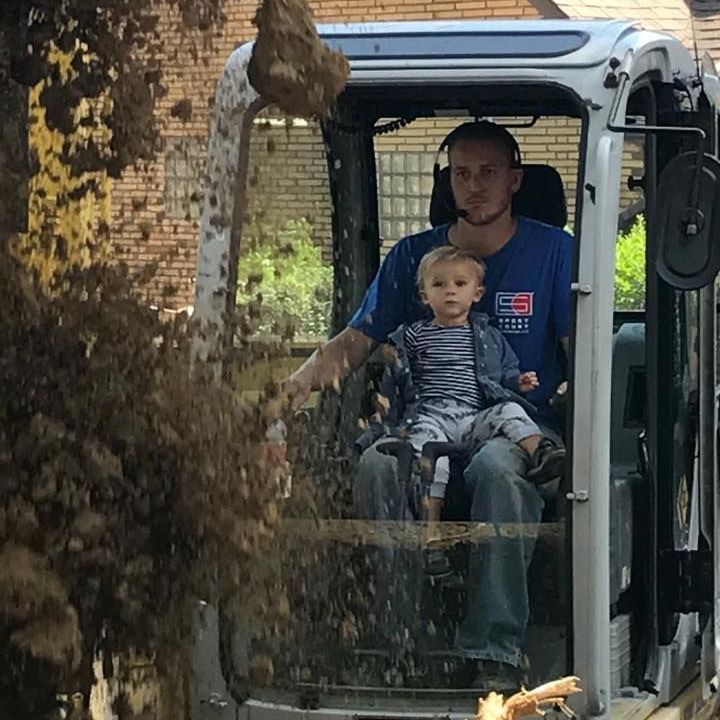
Author: Jay Nagy
Owner & Founded of J Bird's Landscaping. 18+ Years of experience in Pittsburgh lawn cutting, patio installation, trucking/hauling, French drain installation, and other landscape/design services.
More Posts from J Bird's Landscaping
